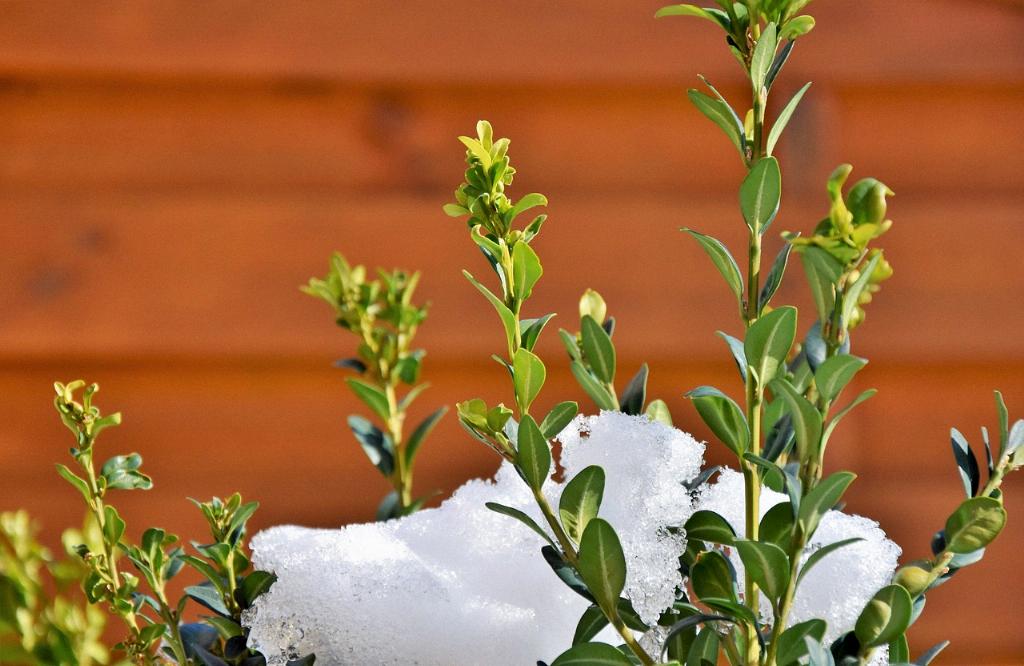Boxwoods are popular shrubs in many gardens due to their versatility, evergreen nature, and ability to be shaped into various forms. However, to keep your boxwoods healthy and aesthetically pleasing, proper trimming is essential. Knowing when to trim your boxwoods can make a significant difference in their growth and overall appearance. In this article, we will delve into the best timing for trimming boxwoods, the tools required, pruning techniques, common mistakes to avoid, and signs of over or under-trimming.
Importance of Trimming Boxwoods for Health and Aesthetics
Trimming boxwoods is crucial for their health and appearance. Regular pruning helps promote new growth, maintains the shape and density of the shrub, and prevents diseases by improving air circulation. A well-trimmed boxwood not only looks visually appealing but also ensures that the plant thrives in the long run.
Factors to Consider Before Trimming Boxwoods
Before diving into trimming your boxwoods, there are a few key factors to consider. The optimal timing for trimming boxwoods is in early spring before active growth begins. However, minor trimming to remove stray branches or thin out dense areas can be done throughout the growing season. Additionally, ensure you have the necessary tools such as sharp shears or pruners to make clean cuts without damaging the plant.
Step-by-Step Guide on How to Trim Boxwoods
When trimming boxwoods, it is essential to follow a step-by-step approach. Begin by evaluating the shape and density of the shrub before making any cuts. Different boxwood varieties may require specific pruning techniques, so it is vital to understand the needs of your particular plant. Maintaining the natural form while trimming and avoiding drastic changes is key to a successful outcome. Regularly monitor the growth and adjust trimming frequency accordingly to keep your boxwoods looking their best.
Common Mistakes to Avoid When Trimming Boxwoods
While trimming boxwoods, there are several common mistakes to steer clear of. Over-trimming can weaken the plant, making it vulnerable to pests and diseases. On the other hand, under-trimming may lead to a lack of sunlight penetration and poor air circulation within the shrub. Striking a balance between maintaining the desired shape and allowing for healthy growth is essential to avoid these pitfalls.
Signs of Over-Trimming or Under-Trimming Boxwoods
Recognizing the signs of over or under-trimming is crucial for the health of your boxwoods. Yellowing or browning of leaves, stunted growth, and bare patches indicate that the shrub may be suffering from over-trimming. Conversely, if your boxwood is becoming leggy, with dense, overcrowded foliage, it might be a sign of under-trimming. Regularly inspecting your plants and making adjustments to your trimming routine can help maintain the ideal balance.
Conclusion and Final Tips for Successful Boxwood Trimming
In conclusion, proper timing and technique are essential for trimming boxwoods effectively. By understanding the optimal timing, using the right tools, following a systematic approach, and being mindful of common mistakes, you can ensure that your boxwoods remain healthy and beautiful year-round. Remember to monitor your plants regularly, adjust your pruning schedule as needed, and enjoy the rewards of a well-maintained boxwood garden.

